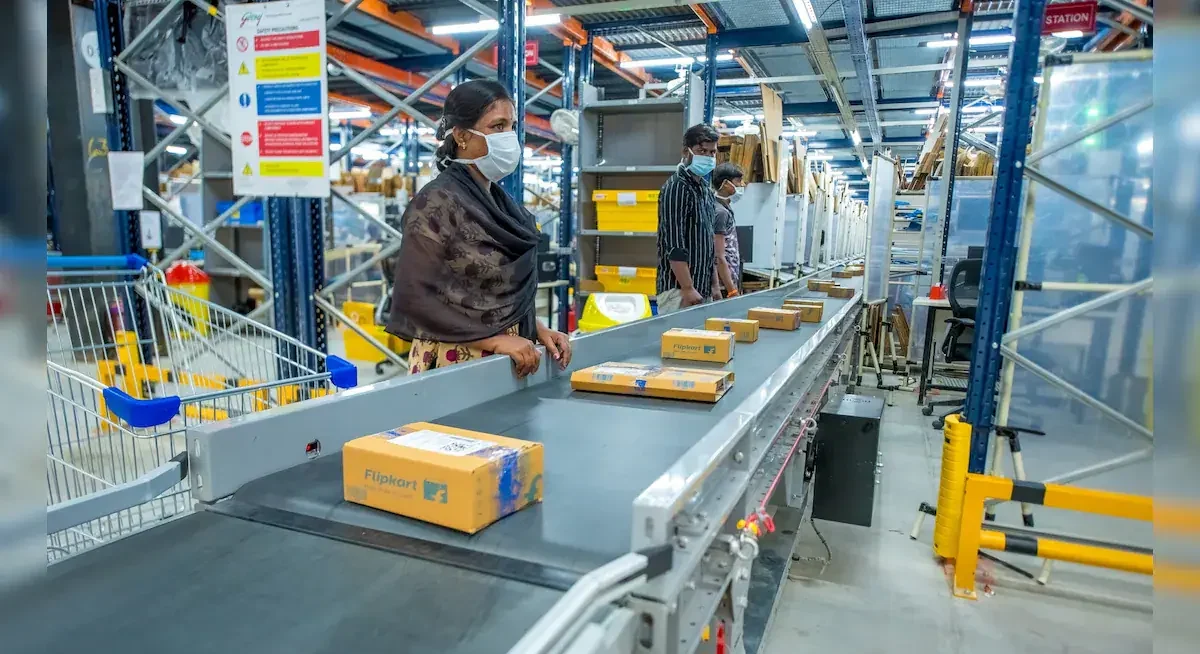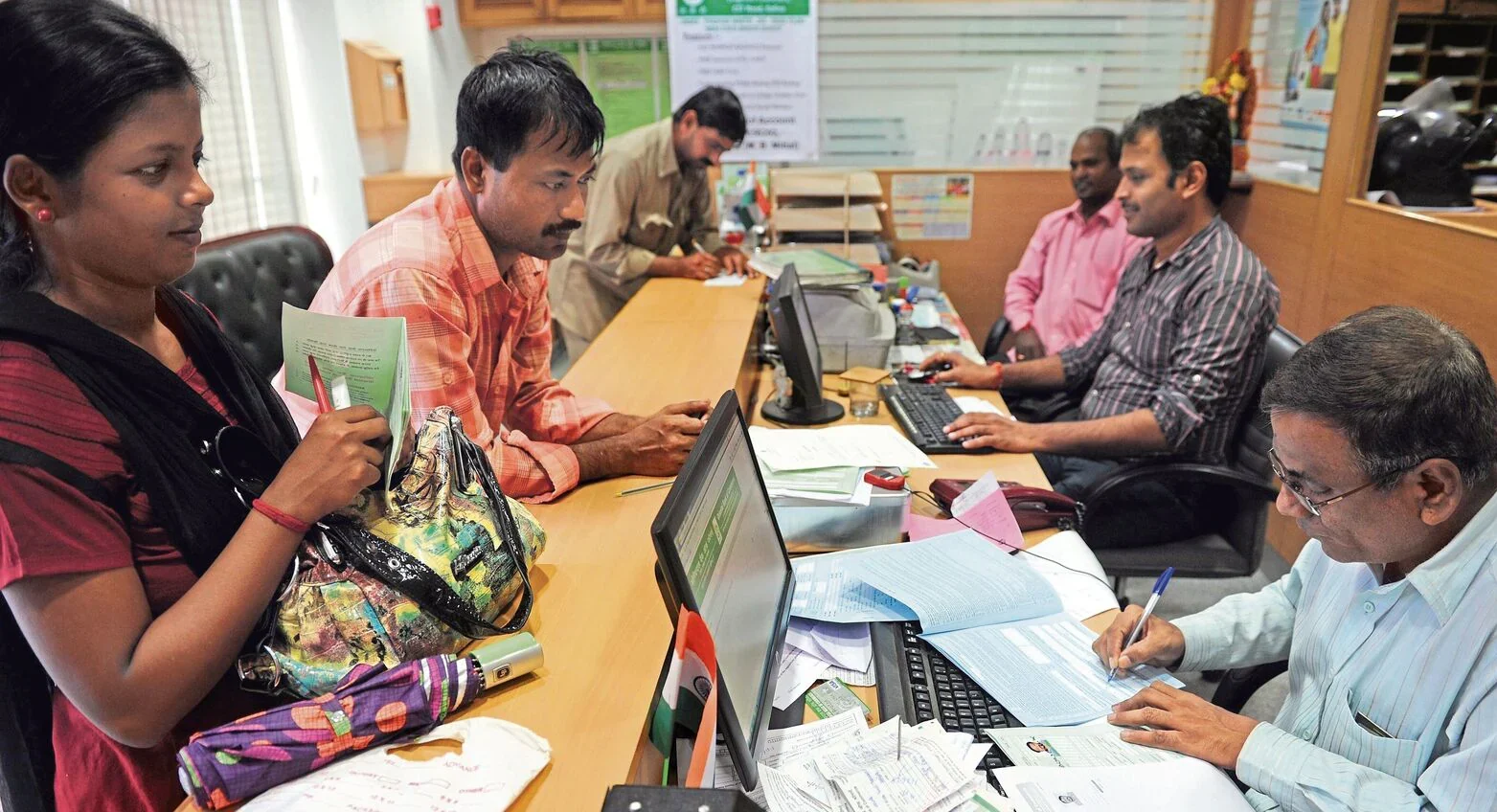Following its 2022 takeover by the Tata Group, Air India has started a bold transformational journey to regain its position as the world’s leading airline. The Tata Group’s plan is a thorough attempt to revitalise the airline and reshape its future in a highly competitive aviation market, with an emphasis on modernisation, fleet expansion, and operational changes.
Tata Group’s Strategic Vision for Air India
With plenty of experience in the airline sector, the Tata Group has outlined a multi-year plan named Vihaan.AI to radically transform Air India. The six-year strategy aims to modernise all facets of the airline’s operations, including technology, safety procedures, fleet management, and passenger experience.
Air India wants to rank among the top airlines in the world under Tata’s direction. A number of actions to update its fleet, improve customer service, and implement new technology are indicative of the change. Restoring Air India’s standing as a top international airline is a long-term objective of the Tata Group, which includes this revamp.
Safety Protocols and Operational Efficiency
The June 12, 2025, tragic crash of an Air India Boeing 777 was a major setback for the airline and sparked questions about its safety procedures. Air India has accelerated its efforts to enhance safety procedures as a result of the tragedy, which has increased scrutiny of the airline’s operational standards.
The Tata Group is working to improve safety protocols and make sure that all operations follow global best practices in response. To improve its safety record and win back passengers’ faith, the airline is probably going to seek advice from international safety organisations and aviation specialists. The airline has made improving safety procedures a high priority in an effort to regain its reputation as a leading airline.
Fleet Expansion and Modernization
Modernising and expanding the fleet is one of the main pillars of Tata’s transformation strategy. As part of a significant fleet refurbishment, Air India is replacing outdated aircraft with new, cutting-edge models. The airline has already started work on its narrow-body A320neo aircraft as part of the $400 million fleet upgrade program, with plans to renovate 67 aircraft by the middle of 2025. It is anticipated that these improvements will greatly improve passenger comfort and raise Air India’s cabin standards on par with those of its international rivals.
In order to strengthen its fleet, Air India is also now obtaining orders for hundreds of more aircraft. To bolster its international routes, these include more than 200 narrow-body jets and a sizable number of wide-body aircraft. The fleet expansion is expected to place Air India in a strong position to cater to growing passenger demand and improve its competitive edge.
Technological Advancements and Digital Transformation
Air India’s emphasis on technology and digital innovation is another important component of its transition. The airline is investing $200 million in new reservation systems and real-time passenger information systems as part of its IT infrastructure overhaul. In addition to improving passenger satisfaction and streamlining operations, this will enable Air India to match the technological prowess of major international carriers.
The digital transformation of Air India will also enhance the airline’s web offerings, resulting in more user-friendly and smooth booking and customer service. Air India will be able to manage growing traffic and offer passengers more effective and individualised services thanks to these technology advancements.
Air India’s Future
The restructuring of Air India by the Tata Group is a daring attempt to bring the airline back to its previous splendour and set it up for long-term success. The Tata Group wants to reshape Air India’s place in the world aviation market by combining fleet modernisation, technology advancement, safety enhancements, and international growth.
Even though the future may be difficult, particularly in light of the devastating 2025 disaster, Air India’s rebirth under the Tata Group is expected to revolutionise the country’s flag carrier. Air India’s revamp places a strong emphasis on quality, safety, and innovation and it will enable the airline regain its position in the skies and compete with the best in the world of aviation. The airline has a more promising future than ever before, and the strategic vision of the Tata Group is establishing the groundwork for Air India to become a major player in the world of aviation.
Also read: WhatsApp’s Ad Rollout Marks a Turning Point for Messaging and Marketing






















